10 Definitive Causes Of Hard Lumps Under Skin & How To Treat
A hard mass under the skin can be unsettling; learning when to visit a doctor helps.
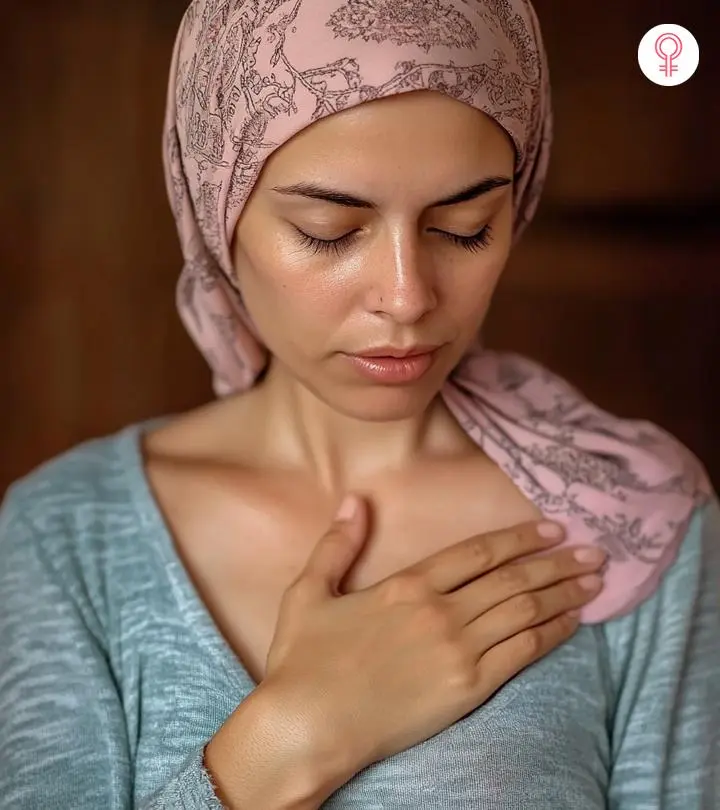
Image: Midjourney/ StyleCraze Design Team
A hard lump under the skin can worry you. Of course, you might be alarmed, as the first thought goes to the possibility of cancer. But, worry not. Though it is normal to feel scared, , small hard lumps under the skin may not always be cancerous. In most cases, these little or rock hard lumps under the skin are normal. However, it is best to know how they look and feel. It will help you take timely and appropriate action. This article can help clarify the reasons and give you more idea about a hard mass under the skin, its causes, the available treatment, and when to see a doctor. Keep reading to learn more.
In This Article
What Is A Hard Lump Under Skin?
Also known as skin lumps, a hard lump under the skin is an abnormal swelling or growth on or under your skin. They are known as “elevated lesions” in dermatology and are mostly divided into three categories. They are:
- Benign skin lumps – These are types of lumps that are harmless and non-cancerous.
- Inflammatory skin lumps – These are types of skin lumps that are caused due to a reaction to a substance.
- Malignant skin lumps – These are types of skin bumps that are cancerous and require immediate treatment.
Now that you know what hard lumps are, let us look into the ten definitive factors that cause hard lumps under the skin.
Key Takeaways
- Hard lumps under the skin may be benign, inflammatory or malignant.
- Damage to hair follicles, insects bites, increased levels of estrogen, bacterial infection, excessive fat accumulation are a few of the different causes that can lead to hard lumps under the skin.
- A sudden hard lump or a lump that is swollen and painful requires medical attention.
10 Definitive Causes Of Hard Lumps Under Skin

Dr. Anna Chacon, MD, FAAD, a double board-certified dermatologist, says, “A firm bump beneath the skin does not always imply malignancy. Non-cancerous lumps under the skin might be caused by infections, blocked glands, or hormonal changes. People should not try to pop or remove a lump. This may result in an infection or lead the lump to just get larger.”
Hard lumps under the skin can be caused due to multiple factors, some benign and some malignant. Let us look at what some of these causes are:
1. Epidermoid Cyst
Epidermoid cysts are small, round, slow-growing bumps that develop under your skin.
Also known as sebaceous cysts, these cysts are hard lumps that are caused due to skin follicles being filled with keratin, a protein found in our skin and hair. It can also be caused by damage or injury to the follicles. They are usually painless and might not need treatment unless it becomes painful due to inflammation. The symptoms of epidermoid cysts are red, swelling, or yellow foul-smelling discharge that comes out of the bumps. Predominantly diagnosed in males, these bumps develop after thirty and are commonly found on your face, neck, or torso (1). The good news is – there are many easy-to-follow home remedies for sebaceous cysts that you may want to follow. However, always ensure to consult a doctor before trying these remedies.
2. Dermatofibroma
Dermatofibromas are reddish-brown cell lesions that develop on the skin. Commonly found in females more than males, these bumps are found on our backs, hands, and feet. While research is scarce as to what causes these bumps, in most cases, they have been linked to insect bites, injuries, or wounds from wood splinters (2).
 Did You Know?
Did You Know?3. Keratoacanthoma
These are small skin tumors that grow under your skin with a keratin-filled horn in the center.
Mostly seen in people between the ages of 50 to 69 years of age, keratoacanthoma is found in your hands and arms. Dubbed as the “vegetating sebaceous cyst”, it grows slowly up to 8 weeks, stays for some time, and then slowly regresses on its own. Although experts are not sure as to the exact cause of these bumps, they suggest that these bumps can develop due to exposure to ultraviolet radiation of the sun, chemicals, or injury (3).
4. Skin Abscess
Have you ever seen that red-colored hard lump on skin that is painful to touch ? That is often what you call a skin abscess or in common terms, a boil. If you see a red, pus-filled bump that hurts when you touch it, chances are you have a boil. Skin abscesses develop when the bacteria enter your skin through a hair follicle or cut. This, in turn, alerts your immune system, which sends white blood cells to the infected area. When the white blood cells attack the bacteria, it kills nearby tissues. This leaves a hole, allowing the pus to fill and form the abscess (4).
5. Skin Tags

If you see a skin-colored, small outstanding hard lump on the neck, then you may have what is called skin tags. Called acrochordon medically, these skin tags are benign and do not turn into skin cancer. It is estimated that 50-60% of people get skin tags at least once in their lifetime. While more research needs to be conducted, limited studies suggest that people diagnosed with diabetes, obesity, and genetics have a higher risk of developing skin tags (5).
6. Lipoma
Lipomas are colorless lumps made of fat that form in the fat layer of the skin. While the exact causes of lipomas are still being investigated, research links the formation of lipomas to soft tissue trauma. A study examined 23 cases of posttraumatic lipomas in 19 patients to explore a possible link between trauma and lipoma formation. On average, lipomas appeared 2.6 years after trauma, often following significant bruising (6). Genetic mutation of HMGA2-LPP protein has been suggested to be the cause of lipomas (7). Frequently found in males more than females, these lumps are non-cancerous and appear on your neck and shoulders (8).
7. Swollen Lymph Nodes
Lymph nodes are those small, bean-shaped glands situated in our neck and armpits that play an essential role in filtering dangerous substances from our lymph fluid (a clear fluid that carries immune cells and removes waste). When your lymph nodes become swollen, they become small, hard lumps on the neck. Also known as lymphadenopathy, your lymph nodes swell when they respond to viral or bacterial infections. Found in both children and adults, swollen lymph nodes can be both cancerous and non-cancerous (9). Swollen lymph nodes can also be the result of a common cold and aren’t necessarily dangerous. You may also try a few home remedies for armpit lumps that may provide relief.
Diana Cejas, a cancer survivor, shared her experience of being diagnosed with cancer and having undergone treatment in a personal video. In it, she reveals, “I was told that I had just a simple infection of my lymph nodes and it turned out that I had a tumor (i).” She adds, “It was actually a lump that I could feel kind of here up under my jaw. When I first noticed it, it was maybe about the size of a marble.”
8. Fibroadenoma
Commonly diagnosed in women between the ages of 14 to 35 years, fibroadenomas are hard, benign, painless lumps found under the skin of your breast. While the medical community still debates about its causes, it has been linked to increased sensitivity of the breast to estrogen and may develop during pregnancy. It has also been seen in women below 20 years who take oral contraceptives, even though more research needs to be conducted to substantiate this claim (10).
9. Warts
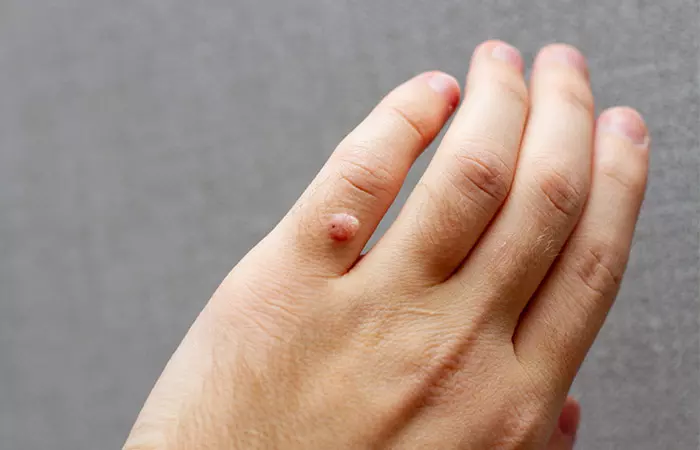
Have you seen those black or brown-colored hard lumps on your hands, fingers, or underneath your feet? They are known as warts. They may be non-cancerous, but they are painful and itch a lot, so try not to itch them. Mostly seen in children and teenagers, warts are caused due to the human papillomavirus (HPV) that enters the skin through a cut and creates a raised and hard wart. Warts are infectious and can spread through direct contact or through touching objects such as wet towels or razors, it is advised that you avoid contact with someone diagnosed with warts (11).
A study conducted in Egypt on 1045 students tried to assess the prevalence of warts and the factors associated with its transmission. 108 students were diagnosed with a positive prevalence rate of 10.3%. The study showed that common warts was the most common type (49.0%), followed by plantar and plane warts (24.1%, each), and genital warts was the least common (2.8%). Significant factors that resulted in warts were the large families and sharing shoes.
10. Ganglion Cysts
Ganglion cysts are lumps that are filled with fluid that grows on your hands and wrist. While the exact factors that cause ganglion cysts are not considerably studied, researchers suggest that ganglion cysts may develop due to degeneration of connective tissue caused by damage or repetitive injury. Women and gymnasts are at higher risk of developing them due to repetitive injury and damage. While they are commonly seen on the wrists and hands, these bumps have also been seen on the knees in the clinical population. If you see these cysts are causing you extreme discomfort, then consulting a doctor would be the right choice (12).
Hard lumps under skin develop due to various factors, ranging from cysts, warts to skin tags and swollen lymph nodes. With that being said, let us dive into the treatment options for these bumps.
How To Treat Hard Lump Under Skin
When you get a hard lump anywhere on your body, it is essential to establish whether the lump is cancerous or not. Before recommending a suitable treatment for you, your doctor will have to conduct tests and exams to determine the exact cause of the hard lump under the skin. Once the exact cause is determined, your doctor comes up with the most effective treatment plan for you.
- Surgical Excision
In the case of epidermoid cysts, dermatofibromas, lipomas, and ganglion cysts, the treatment with the most efficacy is surgical excision (1), (2), (8), (12). This is a surgical procedure where the surgeon completely removes the cyst using a razor blade. This procedure has been seen to be very successful in preventing the growth of these lumps.
- Electrodessication And Curettage
When it comes to keratoacanthoma, although benign in nature, doctors recommend treatment prescribed for squamous cell carcinoma, a type of skin cancer. While in most cases, surgical intervention such as electrodesiccation and curettage has been seen to be the most effective. This procedure is performed to remove skin cancer cells by scraping the cancer cells with a curette, a spoon-like instrument, and then the surgical site is cauterized with electrical currents. Non-surgical interventions such as topical creams and injections have seen limited success and need to be examined more thoroughly (3).
- Medications
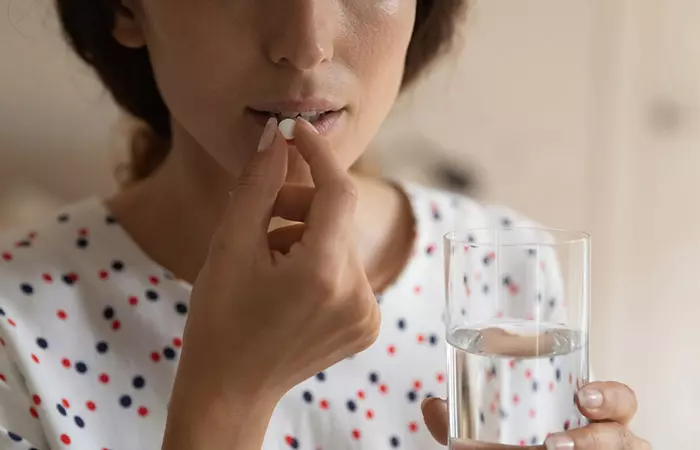
Since skin abscesses are filled with pus and cause a lot of pain, doctors recommend applying a warm compress to the affected area to help drain the pus in case of small abscesses. A study examined skin and soft tissue infections (SSTIs) among 494 people. In the 3 months, 23% had an abscess, but only 29% sought medical treatment, while 79% self-treated, mostly by pressing pus out (81%) or using a hot compress (79%) (13). But if you find yourself with a bigger abscess causing a high fever, it is best to go visit your doctor who will prescribe you antibiotics and drain out the pus to avoid recurrence (14). If an infection is the cause of the swelling, then antiviral, antibacterial, or antifungal therapy is prescribed to help reduce the swelling (9).
- Cryosurgery
If looking at your warts and skin tags makes you uncomfortable and you want to remove them, please visit your doctor to determine the right course of treatment. In both cases, cryosurgery is seen as a very successful treatment. In this procedure, the doctor fuses liquid nitrogen to freeze the wart or skin tag which destroys the hard bumps under skin (5), (11).
- Lumpectomy
Fibroadenomas are benign and in most cases, it goes away on its own. Your doctor may recommend lumpectomy as a precautionary measure, if the lump on your breast continues to grow in size. In lumpectomy or excisional biopsy, the doctor, with your consent, removes the lump and sends it to the laboratory for further examination (10).
- Chemotherapy
Lastly, but not least, in the case of swollen lymph nodes, if it does not go down on its own, then it is highly advisable to go see a doctor. Depending on the source of the swelling, if it is cancerous in nature, then the best oncology treatment often recommended is surgery or chemotherapy.
 Trivia
TriviaFrom the above discussion, you can see that for any hard lump on skin, the treatment differs according to the source. In most cases, complete removal of the lump is seen as the best treatment option as it lowers the risk of developing it again and in some cases, they go away on their own. This is where the diagnosis process begins. Learn more below
Diagnosis Process
A healthcare provider typically begins by performing an in-depth physical examination to determine the size, shape, and texture of any hard lump under the skin in order to make a diagnosis. They may inquire about any accompanying symptoms, such as discomfort or lump changes.
Additional diagnostic testing may be required, depending on the initial findings. These may consist of imaging tests like a CT scan for more detailed pictures or an ultrasound, that help identify the lump and surrounding tissues. Sometimes a biopsy is necessary to remove a sample of the lump so that it may be examined in a lab to see if it is benign or cancerous.
Understanding how a hard lump under the skin is diagnosed is important, but knowing when to see a doctor can help ensure appropriate medical care. Let’s read next about when is the right time to visit a doctor.
When To See A Doctor
Finding a lump under the skin does not guarantee that you will be able to recognize what it is or determine the cause on your own. Some lumps may be harmless, while others could require medical attention. To be on the safe side, avoid self-diagnosing or attempting to treat it yourself. Always consult a doctor for a proper evaluation. Getting it checked early can provide clarity, reduce unnecessary worry, and ensure you receive the right care if needed. A few things that will help you determine the right time to visit your doctor are as follows.
- If the lump is red and swollen.
- The hard lump is filled with pus or some other fluid and is leaking out.
- If the lump changes in size and color during its growth.
- It is extremely painful.
- If you have high fever and chills.
- If the lump appears suddenly without any cause.
- If the lump is hard, immovable, and keeps expanding over time.
Infographic: Common Signs Of A Cancerous Lump
Not all hard lumps are cancerous, but some might be. It is important to be aware of the signs of a malignant lump and get in touch with your healthcare provider right away. A cancerous lump may be difficult to identify and distinguish from a benign tumor or cyst. However, some common indicators can help you out.
Read the following infographic for some key pointers that can help you distinguish possibly malignant lumps and tumors from benign ones. Illustration: StyleCraze Design Team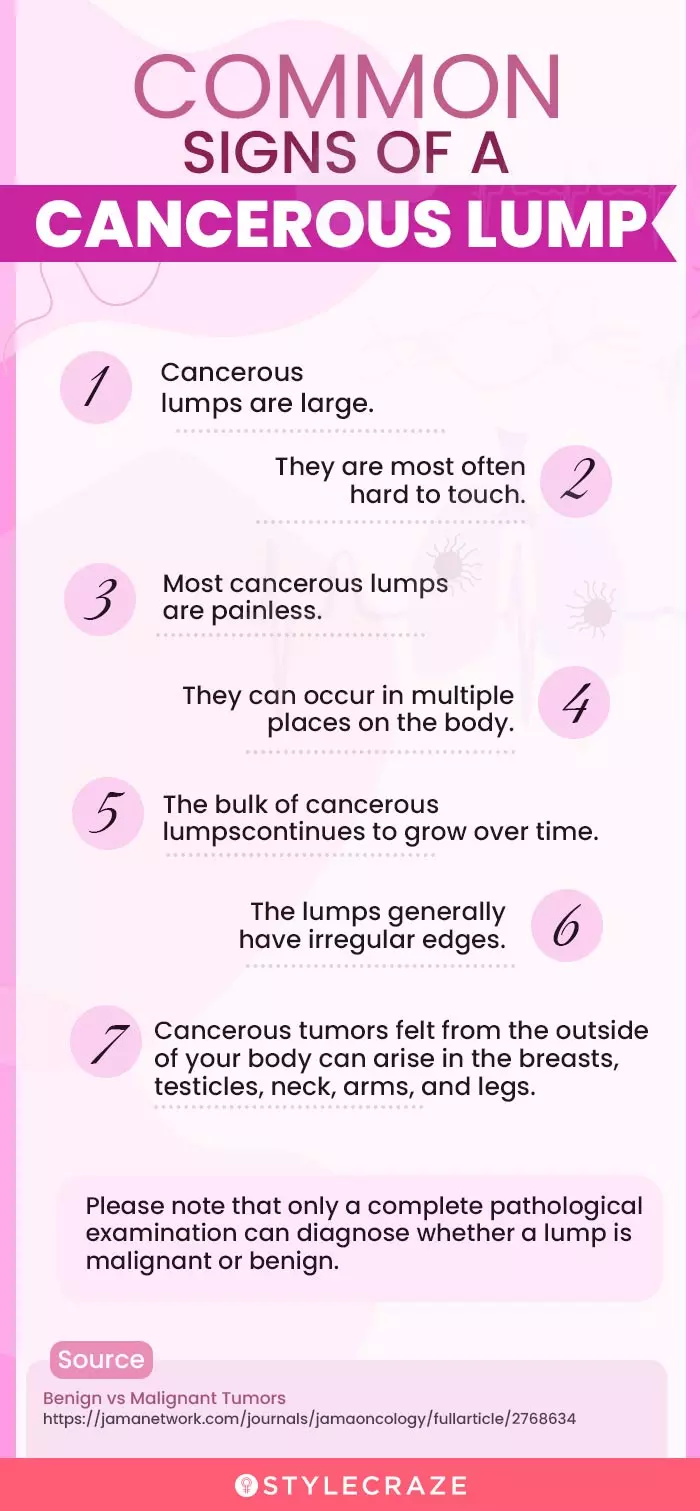
Hard lumps under the skin cannot always be cancerous. There are inflammatory, benign, and non-benign skin lumps caused due to multiple reasons. Skin tags, warts, fibroadenomas, dermatofibroma, etc., are harmless skin lumps. There are several methods to treat a hard lump under the skin, involving medications, surgical excisions, or chemotherapies. However, the first step should be to talk to your doctor, diagnose the lump, conduct tests, and examine it to identify the cause. Knowing the exact cause will help plan the treatment. You should consult your doctor immediately if the lump causes more discomfort.
Frequently Asked Questions
What are the signs and symptoms of skin lumps?
According to Dr. Chacon, “Depending on the reason, you may encounter symptoms in addition to the skin bump. Lymphoma, or cancer of the lymphatic system, for example, is characterized by swollen lymph nodes in the armpits, neck, or groin, as well as fever and night sweats.”
What does a skin nodule look like?
“A nodule is an abnormal tissue growth. Just below the skin, nodules can form. They may also appear in internal organs or deeper skin tissues,” says Dr. Chacon.
What is a hard pea-sized lump?
A hard pea-sized lump might be a cyst. Cysts are small and round, like a pea. If you notice one such lump, consult a doctor for a proper diagnosis and treatment.
What does a sarcoma lump feel like?
A sarcoma is a swelling of soft tissue. It may be noticed in the pelvis, legs, feets, arms or hands. It is generally painless.
What does a lymphoma lump feel like?
It is usually painless and tends to feel rubbery. It can either be found in a part of the body, or in multiple parts at the same time.
Can you have a cancerous lump for years?
Yes, it may take some people months or even years to detect a cancerous lump.
Do cancerous lumps move around?
No. Cancerous lumps are usually hard and tend to be immovable.
Learn about the main causes of hard lumps under the skin, from cysts to lipomas to infections. Find out what to look for and when to seek medical help from the video given below.
Personal Experience: Source
StyleCraze's articles are interwoven with authentic personal narratives that provide depth and resonance to our content. Below are the sources of the personal accounts referenced in this article.
i. Doctors Dismissed the Lump on My Neck for 5 Years It Turned Out to Be Cancer | Misdiagnosed | Health
https://www.youtube.com/watch?v=JCQECrQKQMY
References
Articles on StyleCraze are backed by verified information from peer-reviewed and academic research papers, reputed organizations, research institutions, and medical associations to ensure accuracy and relevance. Read our editorial policy to learn more.
- Epidermoid Cyst
https://www.ncbi.nlm.nih.gov/books/NBK499974/ - Dermatofibroma
https://www.ncbi.nlm.nih.gov/books/NBK470538/ - Keratoacanthoma
https://www.ncbi.nlm.nih.gov/books/NBK499931/ - Bacterial Skin Abscess
https://www.researchgate.net/publication/340798201_Bacterial_Skin_Abscess - Skin Tags
https://www.ncbi.nlm.nih.gov/books/NBK547724/ - Post Traumatic Lipoma: Fact or Fiction?
https://pubmed.ncbi.nlm.nih.gov/17975353/ - Fusion of the HMGA2 and C9orf92 Genes in Myolipoma with t(9;12)(p22;q14)
https://pubmed.ncbi.nlm.nih.gov/26857357/ - Lipoma
https://www.ncbi.nlm.nih.gov/books/NBK507906/ - Lymphadenopathy
https://www.ncbi.nlm.nih.gov/books/NBK558918/ - Breast Fibroadenoma
https://www.ncbi.nlm.nih.gov/books/NBK535345/ - Warts
https://www.ncbi.nlm.nih.gov/books/NBK279586/ - Ganglion Cyst
https://www.ncbi.nlm.nih.gov/books/NBK470168/ - A Community-Based Study of Abscess Self Treatment and Barriers to Medical Care among People who Inject Drugs in the U.S.
https://pmc.ncbi.nlm.nih.gov/articles/PMC8885857/ - Abscess – Treatment
https://www.nhs.uk/conditions/skin-abscess/
Read full bio of Dr. Schwarzburg
- Dr. Anna Chacon, MD, FAAD, is a double board-certified dermatologist with over 7 years of experience. She has authored many peer-reviewed articles and managed clinical research studies during her fellowship. She completed her medical school in the PLME (Program of Liberal Medical Education) at Brown University.
 Dr. Anna Chacon, MD, FAAD, is a double board-certified dermatologist with over 7 years of experience. She has authored many peer-reviewed articles and managed clinical research studies during her fellowship. She completed her medical school in the PLME (Program of Liberal Medical Education) at Brown University.
Dr. Anna Chacon, MD, FAAD, is a double board-certified dermatologist with over 7 years of experience. She has authored many peer-reviewed articles and managed clinical research studies during her fellowship. She completed her medical school in the PLME (Program of Liberal Medical Education) at Brown University.
Read full bio of Eshna Das
Read full bio of Anjali Sayee
Read full bio of Swathi E







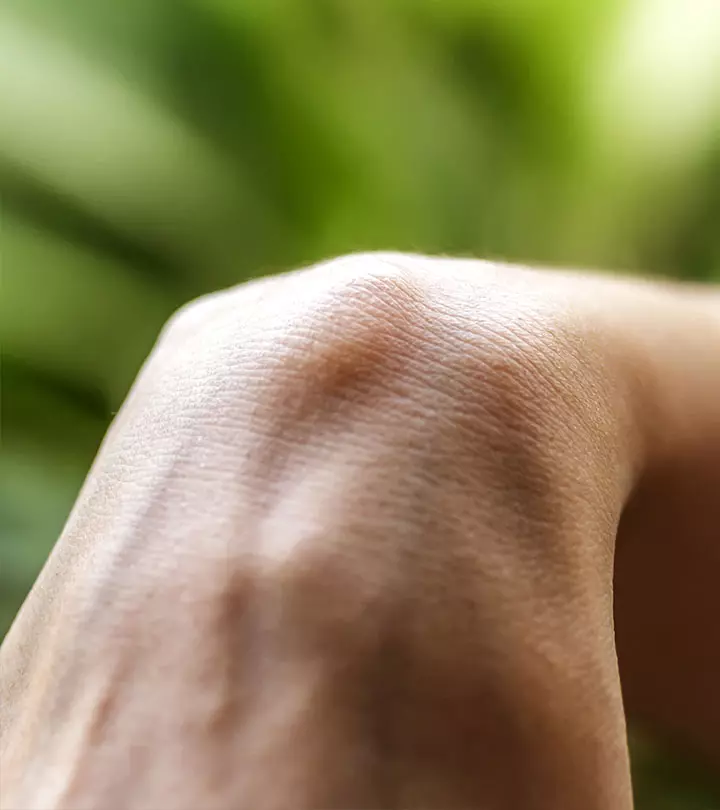
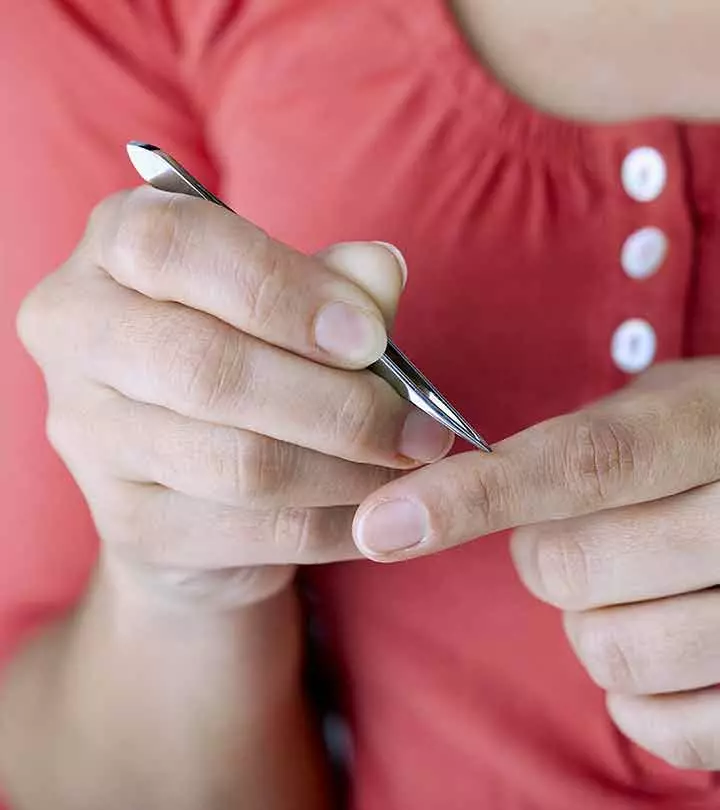
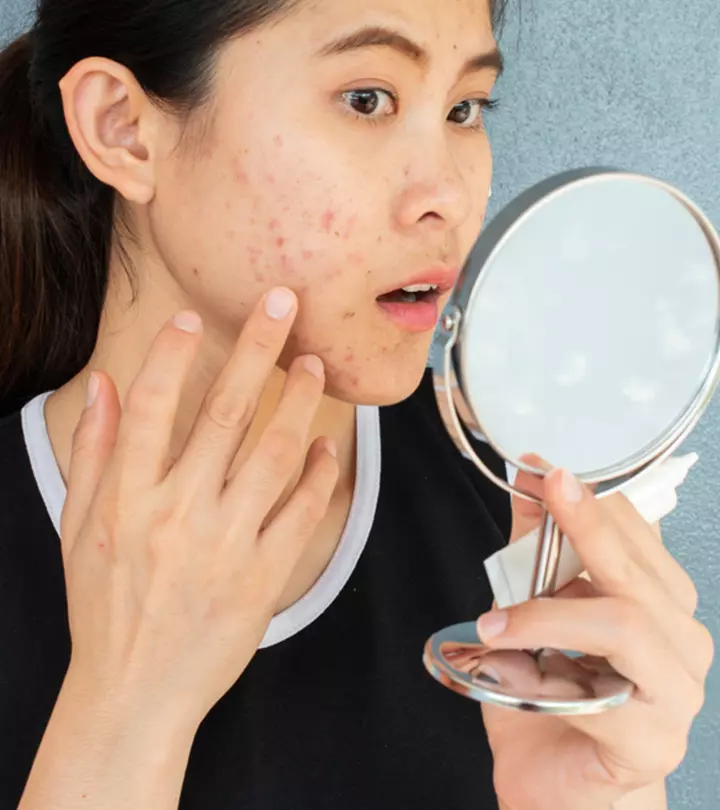
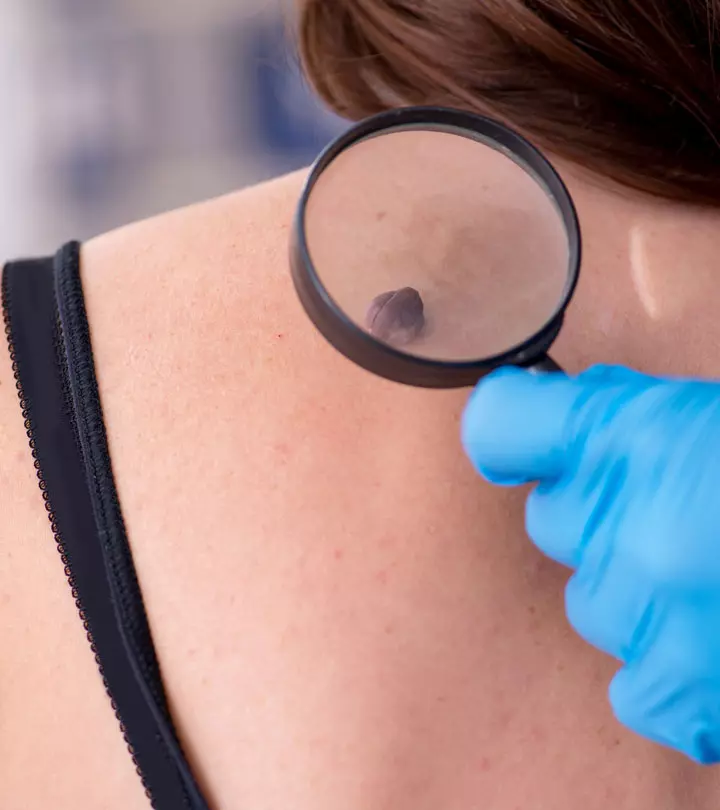
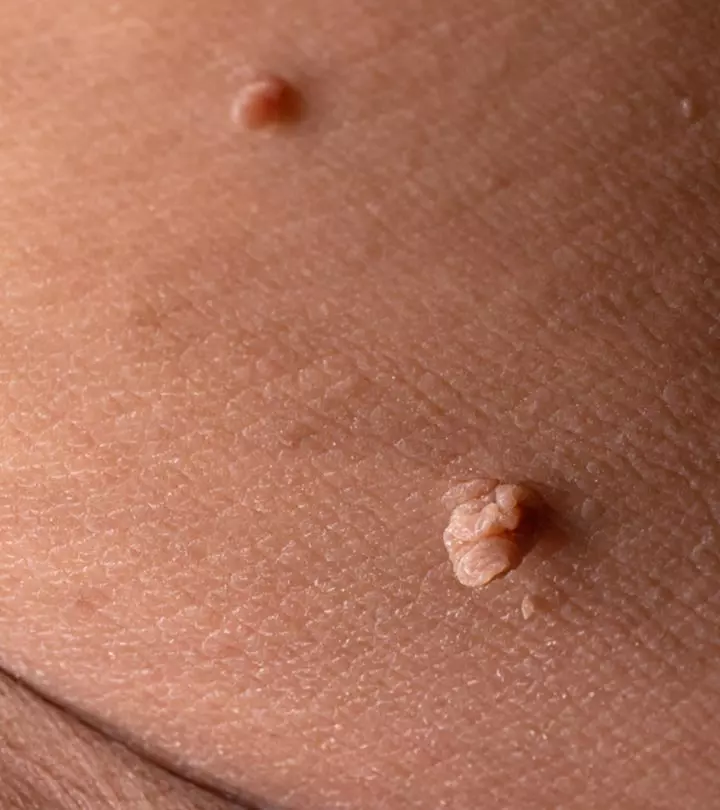
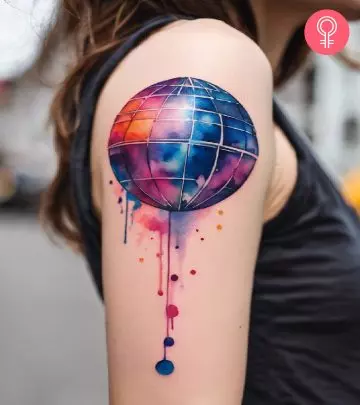



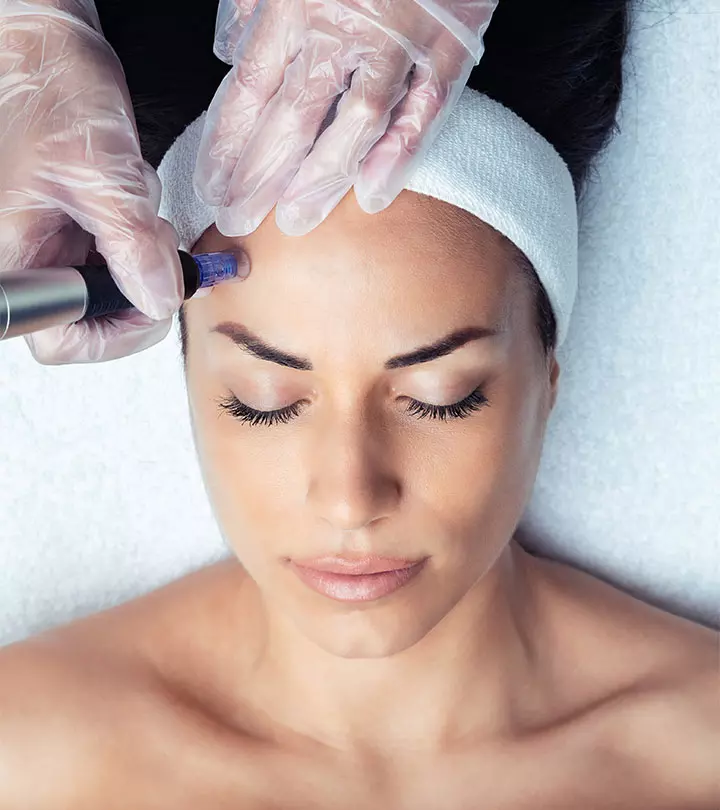

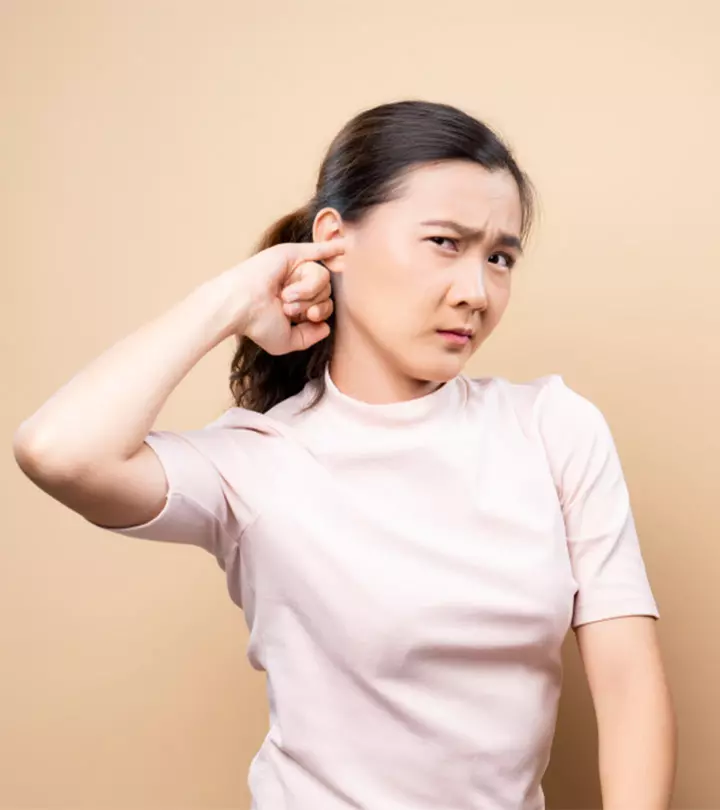
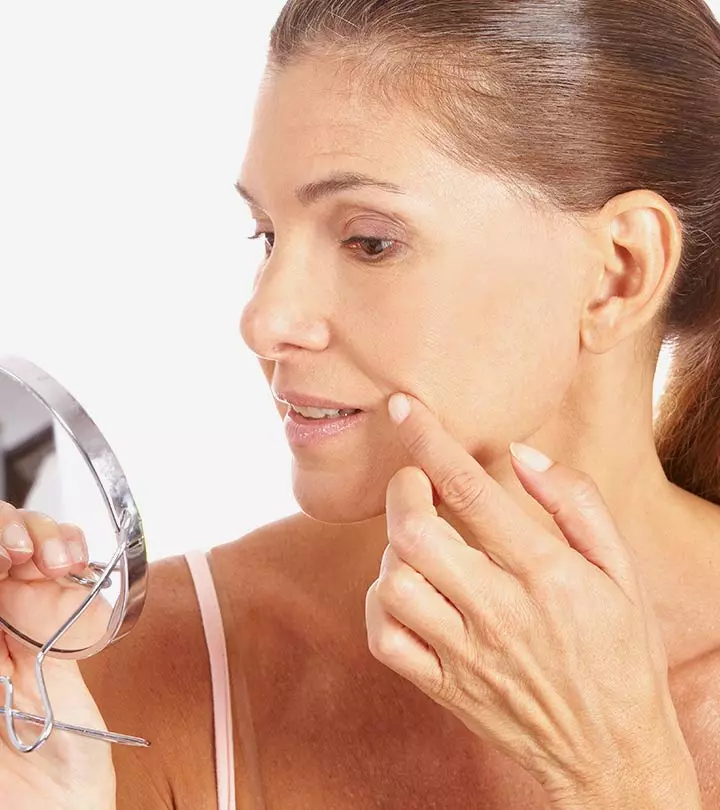
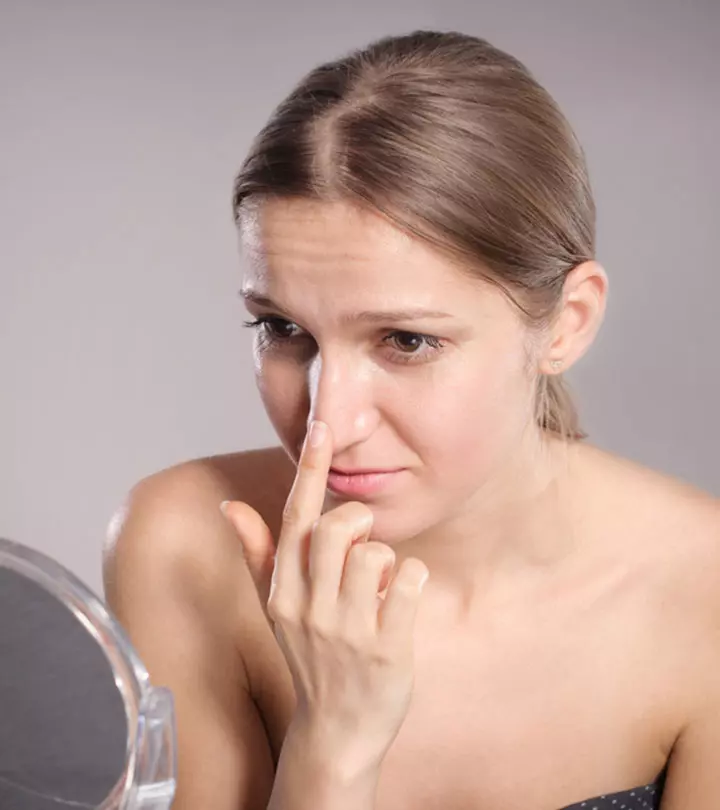
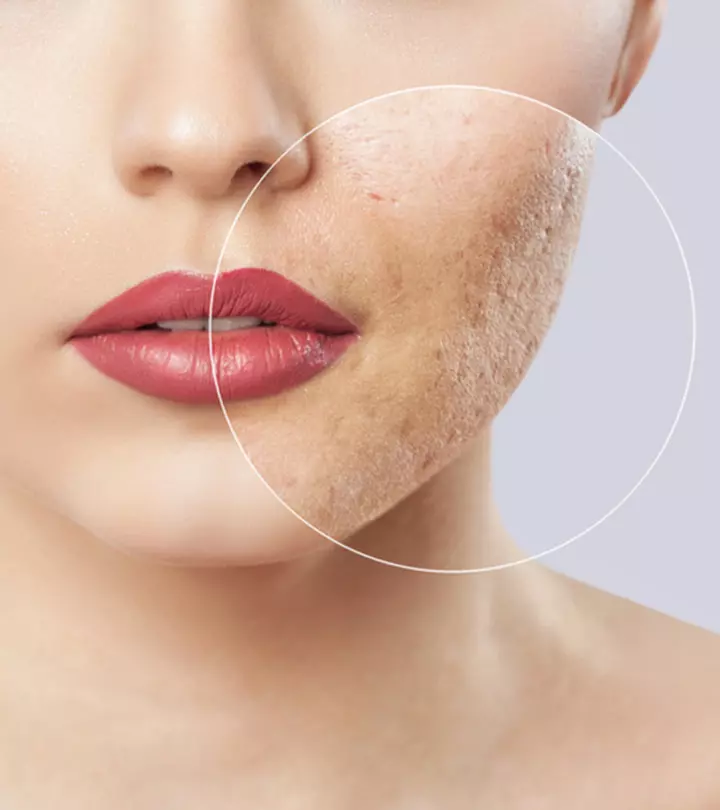
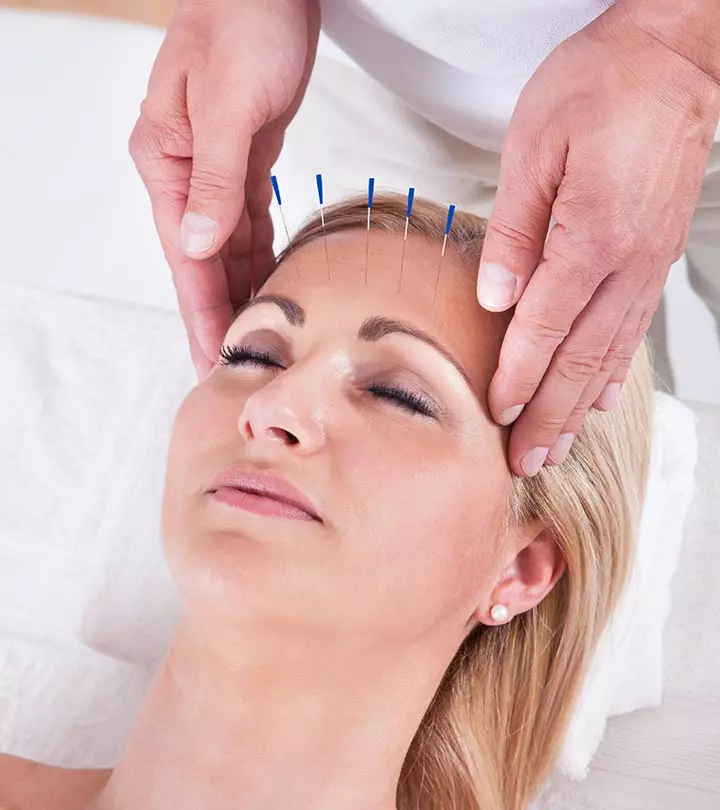
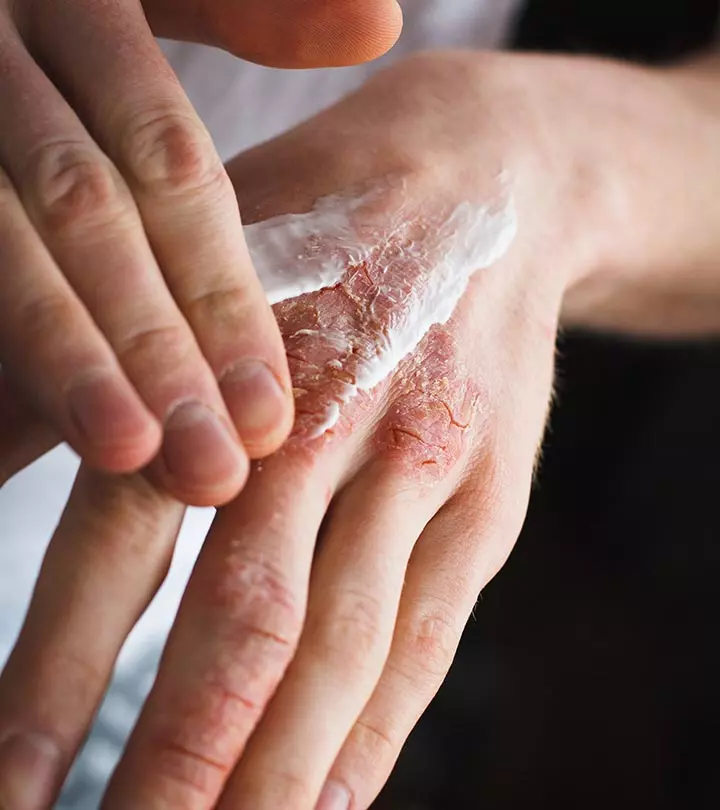

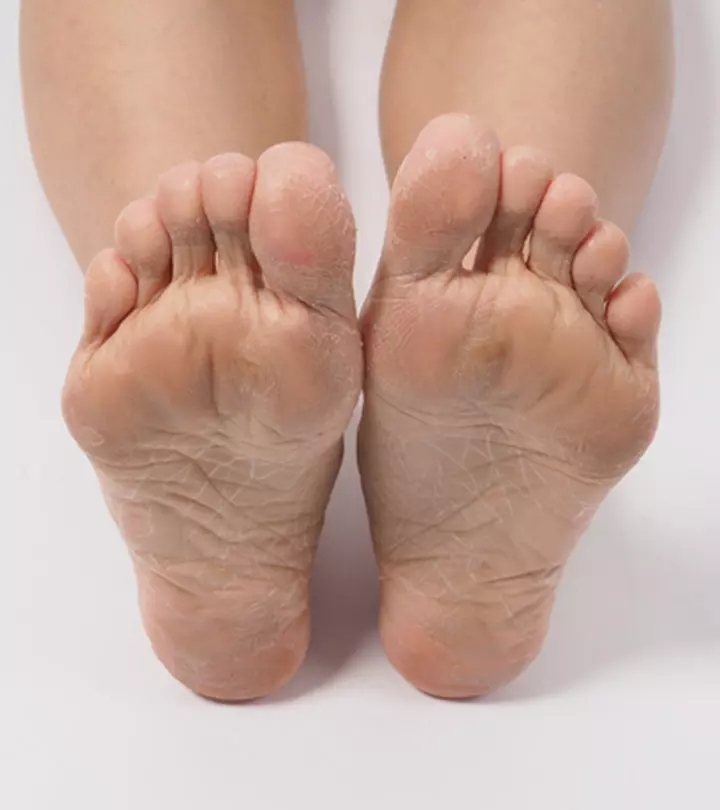


Community Experiences
Join the conversation and become a part of our empowering community! Share your stories, experiences, and insights to connect with other beauty, lifestyle, and health enthusiasts.